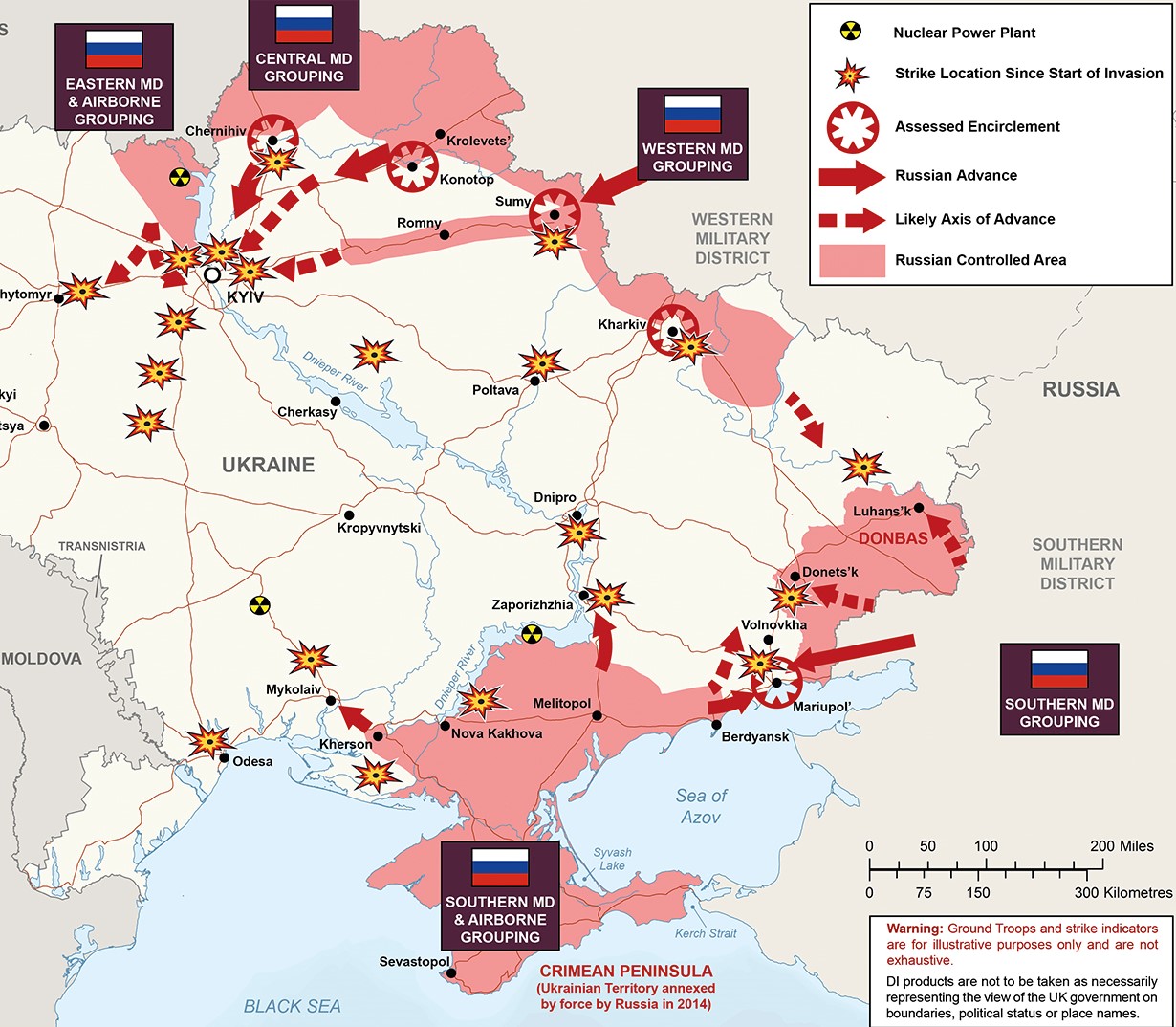The Daily Escape:

Quiet stream, rural NH – March 2022 photo by Betsy Zimmerli
There are lessons from history that inform what Putin is doing in Ukraine. First, Syria demonstrates how Putin intends to operate. Putin got Russia involved in Syria in 2015 and helped Bashar al-Assad take back control of most of the country.
One part of Syria that isn’t under control is Idlib Province. That’s because Russia’s Syrian strategy was intense aerial bombardment of cities, followed by the establishment of temporary “humanitarian corridors”. That pushed civilians and fighters eventually into Idlib.
During the Syrian civil war, the Russian and Syrian militaries systematically besieged opposition-held cities, towns, and districts. They rained destruction on the populations with airstrikes, artillery and rockets blasting residential districts, hospitals, and infrastructure.
Eventually, the Russians and Syrians offered humanitarian corridors, allowing civilians and fighters to leave, and be funneled into the northwest province of Idlib. Idlib remains today the last opposition-held part in Syria. Hundreds of thousands of people used the corridors to get out of the war zones. The largest and most notorious example was the evacuation of Aleppo City in 2016, ending four years of siege. These internally displaced Syrians now make up about two-thirds of the 3 million people living in Idlib province. It is still surrounded by Syrian forces and is still hit by Russian airstrikes.
It’s now clear that Putin will bomb Ukrainian cities much like the carpet bombing of Grozny in Chechnya, or Aleppo in Syria. What’s happening on the ground in Ukraine should sound familiar to anyone who watched Russia in Syria. Here’s an up-to-date map of the military conditions in Ukraine from the UK Defence Intelligence Agency:

The map shows that despite many setbacks, Putin’s forces are close to (if they are not already) surrounding Kyiv. If you note the map legend showing “Assessed Encirclement” areas, those are places that the Russians have either captured, or are close to surrounding. They include most major Ukrainian cities.
In response, the Ukraine government in conjunction with the Russian military, have announced humanitarian corridors to allow civilians to leave cities where there is fighting between the Russian and Ukrainian armies.
In Syria, this strategy was effective. The Syrian government regained control by removing large opposition populations, many of whom remain unable to return to their home cities and towns.
This is Putin’s plan for Ukraine. Create a pocket within Ukraine that can be cut off from most resources, a rump state where most of the opposition is located. Damage or destroy most of its infrastructure. Leave it as a broken state unable to exist without outside humanitarian support. That rump state might be as small as a province, or as large as the majority of Ukraine west of the Dnieper river, as Wrongo has suggested.
A second lesson was learned by the Soviet Union’s military in Hungary. Russia’s military won’t repeat their Hungarian experience in Ukraine. In 1956, Hungarians attempted to overthrow their pro-Soviet leadership. In October 1956, the Soviets sent tanks into Budapest to crush the uprising. Many Hungarians, (called “freedom fighters” by the West), rose up against the Soviet invaders. From History.net: (emphasis by Wrongo)
“Incorrectly assuming that the sight of Soviet armor rumbling through the Hungarian capital would quickly cow Budapest’s restive population, Kremlin leadership sent in tanks without the support of infantrymen….Over the next several days, small teams of Hungarian freedom fighters throughout Budapest took on the Soviet tanks, sniping at…crewmen or destroying the vehicles with Molotov cocktails.”
The freedom fighters’ most effective tactic was the “decoy and ambush,” where a decoy team fired at a Soviet tank to attract the crew’s attention and then fled down a side street to lure the tanks into a predetermined “kill zone.” This hubris on the part of the Soviets was a mistake that wasn’t repeated in Grozny and will not be repeated in Ukraine. Hungary didn’t achieve its freedom until 1991 when the USSR collapsed.
But have the US and NATO learned any useful lessons? The West has two conflicting goals in Ukraine. First, imposing strategic defeat on Russia. And second, defending Ukraine’s sovereignty. If our only goal was protecting the sovereignty of Ukraine, then our available options might include putting boots on the ground or imposing a No Fly Zone. But we’re not willing to do either one.
Peter Pomerantsev, a Soviet-born British journalist said the West:
“is doing an AMAZING job…of responding to 2014. That’s when we needed sanctions and arming Ukrainians. We’re ‘winning’ the last war. Not sure we’ve quite caught up with this new one yet.”
The US has discussed an arms lend-lease program for Ukraine. Alexander Vindman asks where are the: (parenthesis by Wrongo)
“…medium- and long-range air defense systems, antitank weapons (beyond the Javelins that have already been provided), advanced extended-range antiarmor capabilities, coastal defense systems, high mobility artillery, and critically important UCAVs” (drones)?”
The West is dithering on the correct level of support for Ukraine. If the US and NATO provided lethal aid via lend-lease, there’s a risk that Russia will escalate. But there’s a better chance that they will not.
It would be a gamble for Putin to escalate, and it’s a gamble for Biden to provide the weapons. Our reaction so far says that the US has lost its nerve without saying the US has lost its nerve.
Sorry Ukraine, we can’t follow your example.

As someone who maternal grandparents were a mix of Polish and Latvian nationality, and who fled the Russian empire. I don’t see a good reason to jump in to deeper water than we have. We did not create the history of the Ukraine – which has much more direct ties than Poland for example. (So Poles have not become leaders in the Kremlin where a few Russian leaders were Ukrainians or lived close by).
It sucks but the risk seems real here.